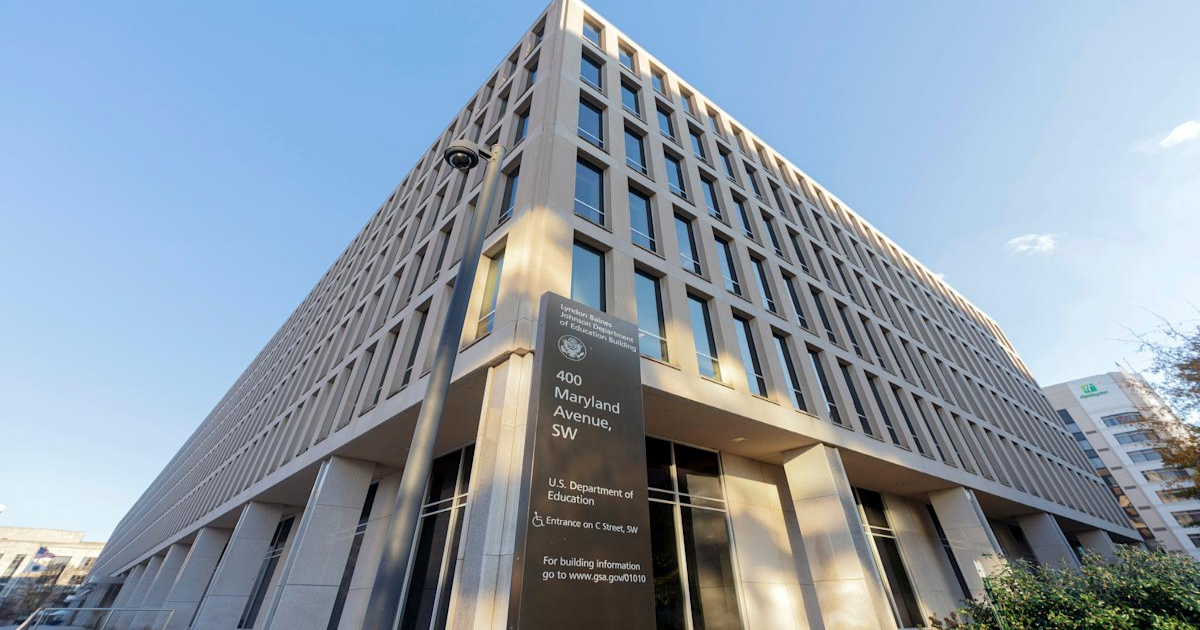Borrower advocates are warning about the potential for confusion and chaos as the Department of Education prepares to start forcibly collecting on defaulted student loans for the first time in five years.
Secretary of Education Linda McMahon announced this week that the agency would resume mandatory collections next month, ending a pause that’s been in place since the beginning of the pandemic. In doing so, the government will be dusting off vast legal powers to recoup unpaid education debts that include the ability to garnish wages and withhold tax refunds as well as Social Security checks.
While many outside experts have acknowledged that the collections process needed to resume at some point, they’ve warned that recent upheaval within the Education Department and student lending program could end up creating new problems for borrowers, many of whom may not realize they still owe their debts after years of not having to pay them.
There are currently more than 5 million borrowers with loans in default, who will be immediately affected by the restart. Millions more Americans are expected to fall deeply past due on their student debts in the coming months, with a large bulge in the fall.
“The best outcome for everyone would be for this to go smoothly,” Sarah Sattelmeyer, a higher education expert at New America. “But there are many factors pointing to the possibility that that will not be the case.”
Here are three major reasons experts say they’re concerned.
Student borrowers who have defaulted for the first time — meaning they’ve gone at least 270 days without a payment — still have a chance to get current on their loans. One way is to arrange a rehabilitation plan with their servicer, which requires making nine consecutive on-time payments set at an affordable share of their income. Alternatively, they can combine their old, past-due debts into a new consolidated loan.
Read more: Tips and tricks for quickly paying off student loans
The Department of Education has said it plans to email borrowers who are in default over the next two weeks and urge them to contact the agency’s Default Resolution Group to make a payment or begin a rehabilitation plan before the agency starts seizing wages later this summer. One potential problem? Nobody’s sure the contractors will be prepared to handle the surge of phone calls.
That’s what happened when regular student loan payments resumed in 2023. The deluge of callers looking to arrange payment plans and iron out paperwork issues swamped servicers’ capacity to handle them, leading to hours-long waits on the phone. Betsy Mayotte, head of The Institute of Student Loan Advisors, said she is worried that as borrowers in default rush to deal with their loan issues, there could be another “overload to the system” that delays their ability to sign up for rehabilitation.
“I don’t know what their bandwidth is, but the Department of Ed wasn’t given any extra money that I’m aware of,” she said.
After mass layoffs that were designed to slash its headcount in half, the Department of Education has been left with a bare-bones staff. That may leave it without the in-house manpower and expertise to manage the return to mandatory collections.
While government contractors handle direct customer service work for the student lending program, career staff still play an essential role in managing those efforts. Department officials are responsible for everything from day-to-day decisions like when to send outreach emails or surge call center staffing to tracking default rates and analyzing whether outreach efforts are actually reducing defaults, said Sattelmeyer. The agency may now lack the staff to properly handle those responsibilities.
“The totality of the decimation of staff across the agency means that not only have we lost a ton of knowledge, but existing staff are doing two or three jobs,” she said.
Potentially making matters worse: As part of its layoffs, the department eliminated its oversight teams responsible for essentially double-checking its servicers’ work for errors. One former education official said that could be especially problematic as forced collections restart, since the department’s contractors frequently made mistakes on rehabilitation applications.
“The paperwork would go missing all the time. And you could make nine rehabilitation payments, the collector would never process your paperwork, and you’d be back at zero,” the former official said. “You only get one bite at the apple with these methods to cure [a defaulted loan]. And if they screw it up, you’re screwed.”
Many of the people currently in default are just deeply confused about the status of their own loans, in part because they haven’t been forced to make payments on them in so long and may not be prepared to navigate the bureaucratic process of getting their debts back on track.
According to Mayotte, whose group offers free advice to student borrowers about managing their debts, some defaulters assume their loans were canceled through Biden’s mass forgiveness programs that were actually halted in court. Others assume Trump is now trying to unforgive their debts. And still others are under the misconception that the government has already missed some sort of statute of limitations on collecting their loans, the way state laws bar creditors from pursuing some kinds of debts after a few years.
“I’ve seen some defaulted borrowers saying, ‘Welp, they haven’t come near me in five years. Good luck with that,’” she said. “And they’re going to be in for not a good surprise.”
Jordan Weissmann is a senior reporter at Yahoo Finance.
Sign up for the Mind Your Money newsletter
Read the latest financial and business news from Yahoo Finance
